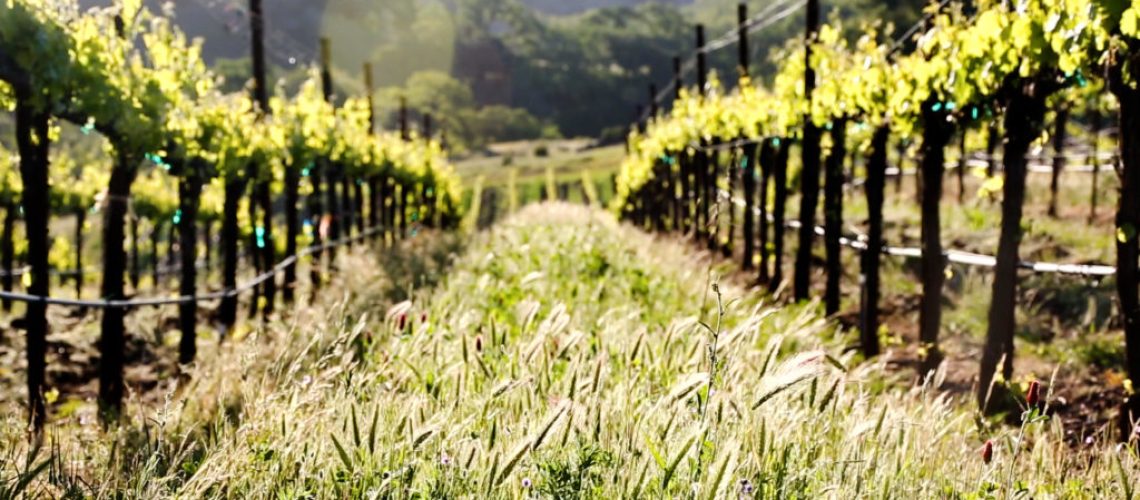Sustainability in Wine

Sustainability is a hot topic right now in the agricultural and viticultural world. Sustainability can come in several forms: environmental, human, economic and/or social. However, environmental sustainability tends to be what most winemakers focus on when talking about sustainability.
Environmental sustainability in winemaking
Sustainable winemaking is the catch-all term for several winemaking practices that minimize the impact on the environment and the end consumer. In most cases, this means that the winemaker will only use organic products and pesticides and limit the use of artificial chemicals in their vineyards.
Organic, biodynamic, natural, low/no intervention winemaking…
Low intervention in the winemaking process has been practiced since the first vintners began making their wines some 9,000 years ago in China. Essentially, you do nothing! As the fruit oxidizes, it will begin to break down, releasing its juice, and indigenous yeasts in the air will begin “feeding” on the grape sugar, converting it into alcohol. In today’s world, this is what we call “natural wines”.
Organic winemaking developed as a reaction to the high-intervention techniques (heavy chemical, pesticide, herbicide, fertilizer, etc.) used widely throughout the world in the 20th century (referred to as “conventional wines”). Chemical products in the vineyard protect the vines by essentially killing off everything else, creating a monoculture. For decades, this was the accepted method to farming and is still used widely today. However, as we began to understand the terrible impacts that these chemicals have on the environment, organic treatments (typically using copper and sulphur) have become much more the norm.
Biodynamic winemaking (based on the studies of Austrian philosopher Rudolf Steiner) goes beyond organics in treating the vineyard as one whole ecosystem. By making sure the vineyard is healthy, balanced and in sync with nature, the farmer is ensuring both the quality of fruit and the longevity of the vineyard.
The Biodynamic Agricultural Association describes biodynamics as the following:
“In biodynamic farming, the strategy is not to feed the plant but instead to feed the soil. That way you get a more consistent growth cycle, and the vines are much stronger and also have a higher disease resistance, which for the farmer is a huge priority. A plant that can root itself in good soil will follow the cycles of nature very closely; break bud at the spring equinox, flower at the summer solstice, harvest close to the fall equinox, and have dormancy close to winter solstice. All of these activities are manipulated when you use artificial fertilizers.”
